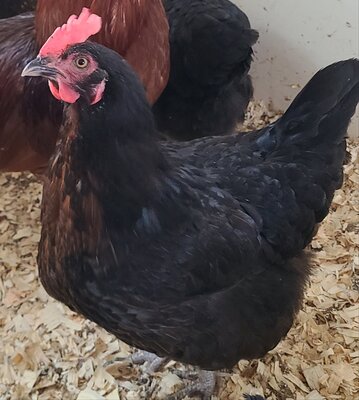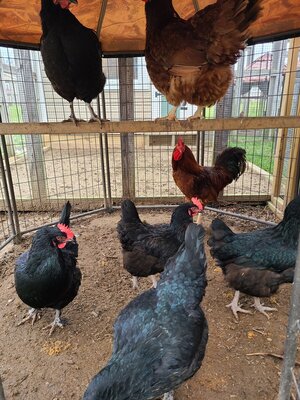I’ve hatched and sold poultry for years and am shocked by this. I sold fertile eggs to a man very late in the season as he returned some young ducks as they were scared of his children. He contacted me to ask if I’d like the chickens he hatched back as just couldn’t have poultry in his garden and wasn’t working out now.
I went to collect them today and they are TINY for 16 week old birds. They are barred Plymouth Rock x RIR. I asked if he’s fed what I’d suggested and said no they’ve been on layers pellets and mixed corn since they hatched! I only had chick crumb mixed in for the first week. I’m amazed 3 survived as I gave him 12 eggs. Apparently a few died at hatch and sounds like his humidity was way too high.
I’ve put them in quarantine and just wondering if anyone actually knows the long term effects of rearing them on that diet? He also only had them under heat for a week.
Needless to say he only reared 3 to this age. Apparently they’ve had greens regularly too such as cabbage broccoli and lots and lots of sweet corn.
I went to collect them today and they are TINY for 16 week old birds. They are barred Plymouth Rock x RIR. I asked if he’s fed what I’d suggested and said no they’ve been on layers pellets and mixed corn since they hatched! I only had chick crumb mixed in for the first week. I’m amazed 3 survived as I gave him 12 eggs. Apparently a few died at hatch and sounds like his humidity was way too high.
I’ve put them in quarantine and just wondering if anyone actually knows the long term effects of rearing them on that diet? He also only had them under heat for a week.
Needless to say he only reared 3 to this age. Apparently they’ve had greens regularly too such as cabbage broccoli and lots and lots of sweet corn.






